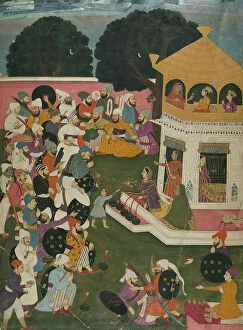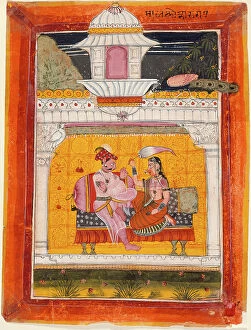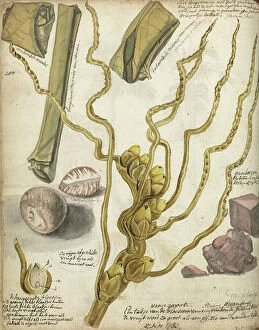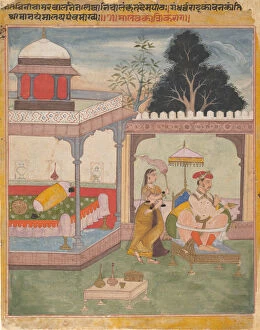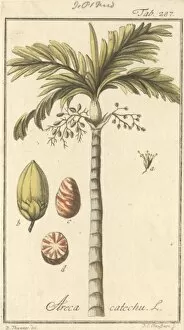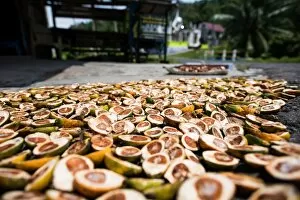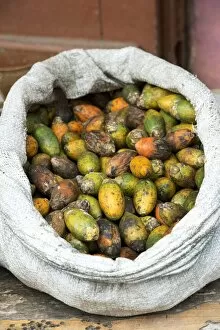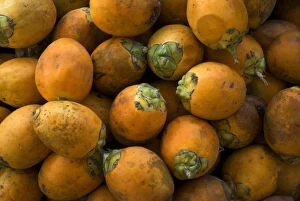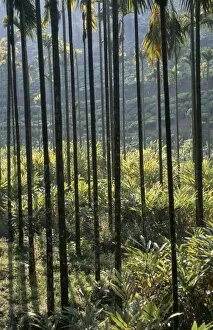Betel Nut Collection
In the enchanting land of Bhutan, a Bhutanese man dressed in traditional attire called Gho indulges in the age-old tradition of chewing Betel nut
For sale as Licensed Images
Choose your image, Select your licence and Download the media
In the enchanting land of Bhutan, a Bhutanese man dressed in traditional attire called Gho indulges in the age-old tradition of chewing Betel nut. With a serene backdrop of lush greenery and majestic mountains, he savors this cultural practice that has been passed down through generations. The origins can be traced back to the 19th century when it was depicted in a colored engraving titled "Peanut Plant. " This artwork showcases the intricate details of this palm tree's fruit, which holds immense significance in various cultures across Southeast Asia. One such representation is found in an early 17th-century painting from a dispersed Ragmala series called "Malavakusika Raga. " This masterpiece portrays how Betel nut became intertwined with music and artistic expression during ancient times. Back to present-day Bhutan, we witness another scene where our Bhutanese gentleman continues his betel-chewing ritual. The vibrant markets of Maubisse in East Timor and Pulau Weh in Sumatra offer an array of fresh Betel nuts for sale. These bustling marketplaces are filled with locals who appreciate the unique flavors and stimulating effects brought about by chewing these nuts. As we delve deeper into understanding Betel nuts, we learn that they come from Areca catechu - commonly known as betel nut palm. Its scientific name pays homage to its historical importance as well as its role as a staple crop for many communities around the world. Betel nuts coexist harmoniously with other palms like Cycas media, forming part of nature's diverse tapestry. Their presence adds depth to ecosystems while providing sustenance for both humans and wildlife alike. "All about Betel chewing" encapsulates the rich cultural heritage surrounding this practice. From social gatherings to religious ceremonies, betel chewing has become deeply ingrained within societies worldwide – serving not only as a source of pleasure but also symbolizing hospitality and friendship.


